Top signts in St Petersburg

St Petersburg is the most touristic city in Russia with over 200 museums and around 6000 monuments! In order to make the most of your visit to the Northern Capital we have prepared for you a list of the sights which are essential for visiting.
Nevsky Prospekt and Canals
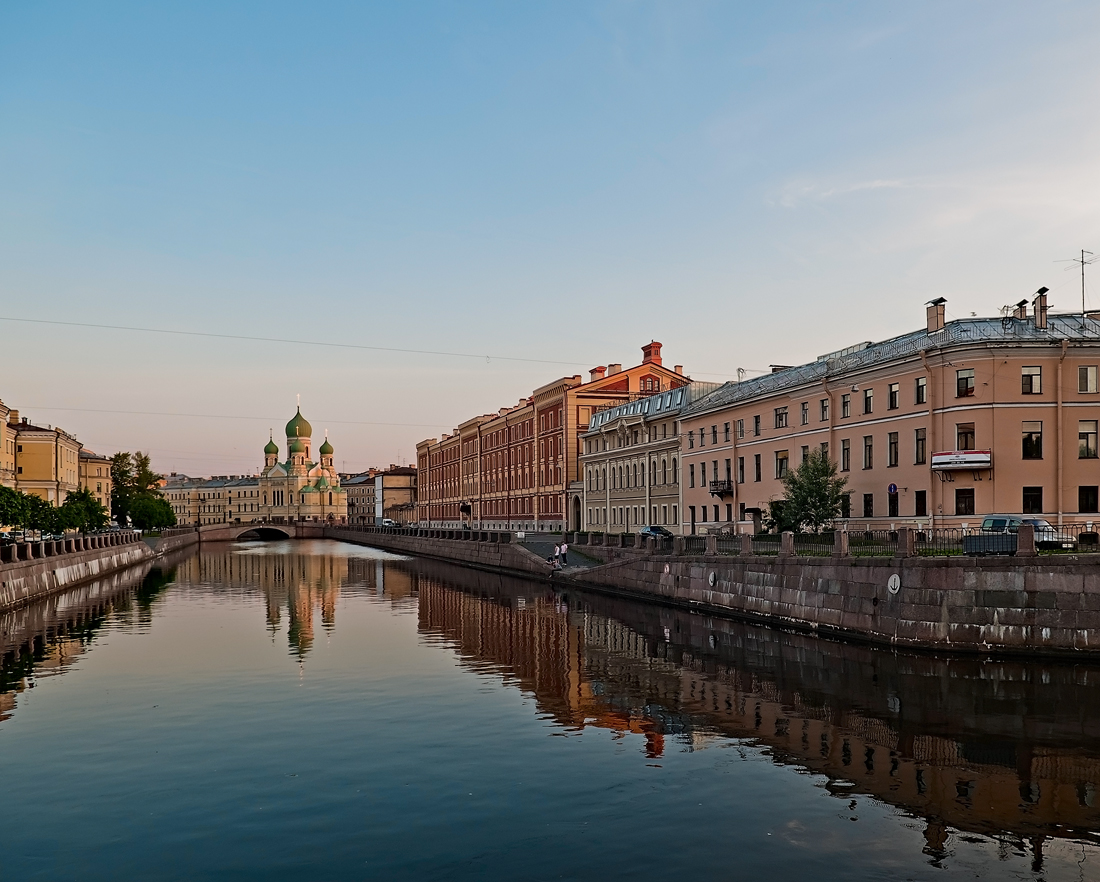
St Petersburg's main street is Nevsky Prospekt which is so named as it starts close to the River Neva near the Winter Palace, running south-east all the way to the Aleksandro-Nevskaya Lavra. The most interesting section for tourists is the northern part down to Moskovsky Railway Station where the majority of St Petersburg's most famous sights are located. There are also several monuments, palaces, churches and many restaurants, bars and cafes on Nevsky Prospekt so it makes a pleasant street for just walking around, especially in the summer months.
Nevsky Prospekt also crosses several of St Petersburg famous canals. Of the bridges the most well-known is the Anichov Bridge which is decorated with four iconic statues known as 'The Horse Tamers' which depict youths trying to calm wild horses. The canals are a tourist attraction in themselves and you can get a closer view by going on a boat trip around them which will allow you to see St Petersburg from a different angle.
Hermitage (Winter Palace)
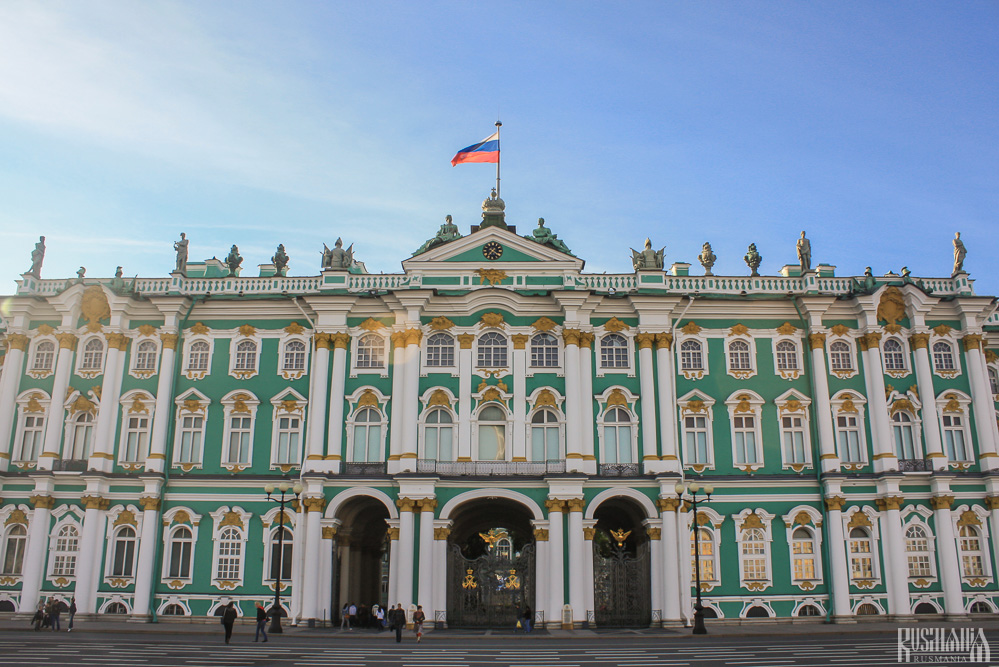
The most popular tourist destination in St Petersburg is the Winter Palace which now holds the State Hermitage Museum. The palace stands on the banks of the River Neva on Dvortsovaya Ploschad (Palace Square) and served as the official residence of the Russian emperors and empresses from 1732 to 1917. The surviving version of the palace is its fourth incarnation and was built between 1754 and 1762 on the orders of Empress Elizabeth, although since then it has been added to and reconstructed many times.
Today the palace holds the State Hermitage Museum which is one of the most famous art galleries in the world. Many of the palace's 1500 rooms are filled with sculptures and paintings of world-renowned artists of all ages, although quite often the interior of the palace even outshines these masterpieces. Other sections of the palace have been maintained as they looked when used as an imperial residence which clearly demonstrates the vast opulence the Romanovs surrounded themselves with. All in all you can easily spend the best part of a day here.
Mariinsky Theatre
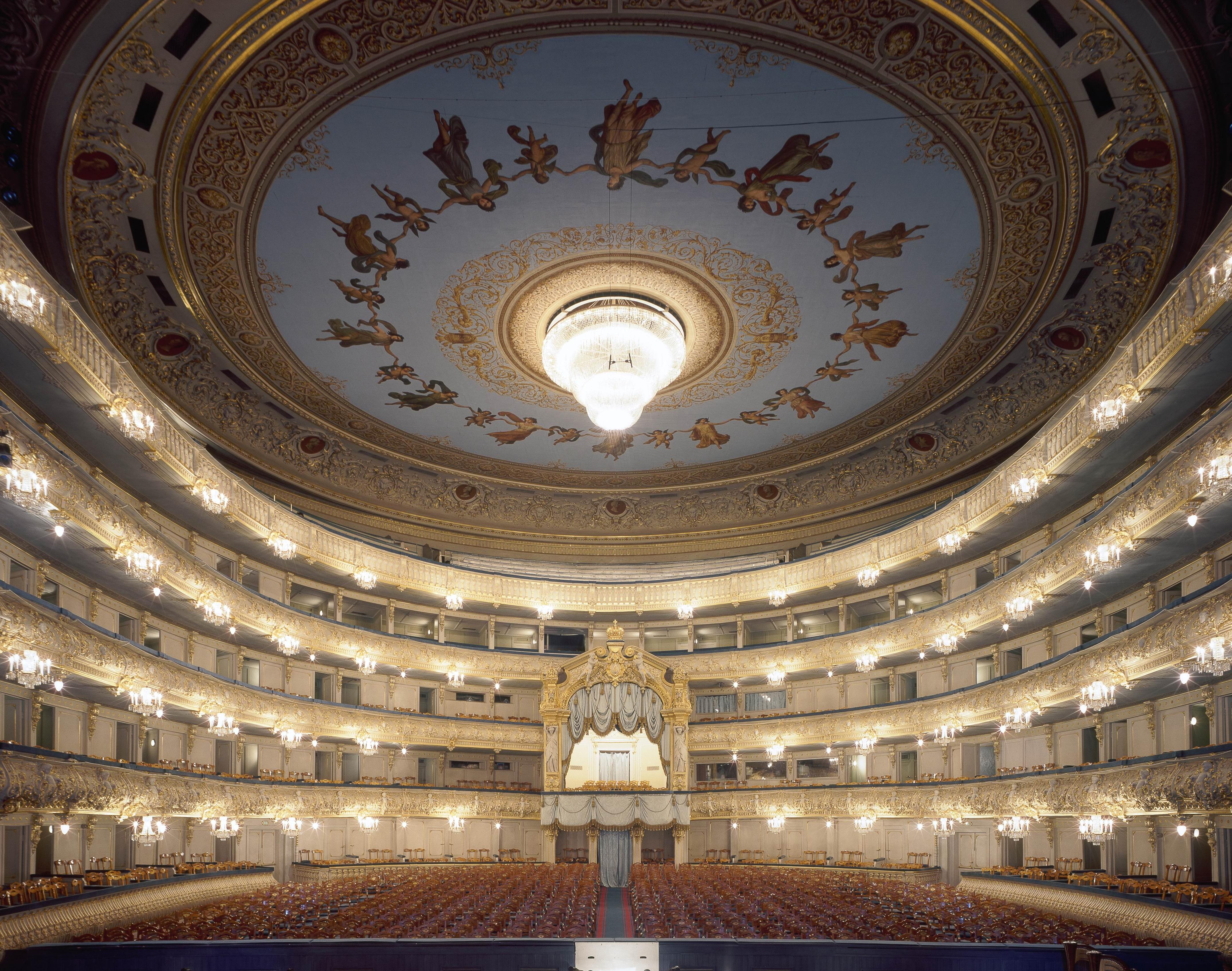
Whereas Moscow has the Bolshoi Theatre, St Petersburg has the Mariinsky Theatre. The historical theatre was opened in 1860 and saw premiers of the work of Tchaikovsky, Mussorgsky and Rimsky-Korsakov. It is named in honour of Empress Maria Aleksandrovna, the wife of Emperor Alexander II, and this imperial link led to it being renamed after the Revolution. For much of the Soviet era it was known as the Kirov Theatre. Tickets for performances can be bought on the theatre's official website or via ticket agents and are more affordable than tickets to the Bolshoi.
St Petersburg's Cathedrals
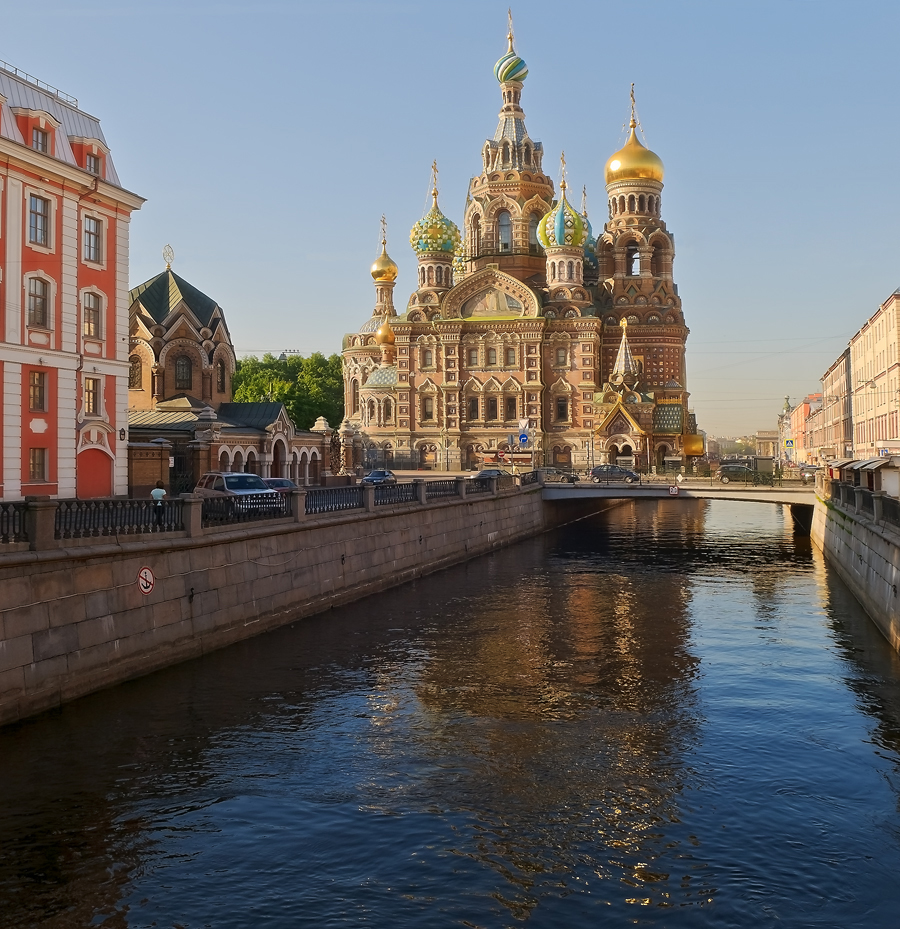
There are three principal cathedrals in St Petersburg which are all located on or around Nevsky Prospekt. If walking up the prospekt the first you will see is the striking Resurrection of Christ Cathedral which is more commonly known as the Saviour on the Spilled Blood as it stands on the spot where Emperor Alexander II was assassinated. It was built between 1883 and 1907 and is reminiscent of Moscow's St Basil's Cathedral. Today the cathedral is run as a museum and it is worth visiting for its interior, every inch of which is decorated with beautiful mosaics.
Close to the Saviour on the Spilled Blood is the Our Lady of Kazan Cathedral which was built between 1801 and 1811 in the empire style, complete with a large semi-circular colonnade. Since 2000 the cathedral has served as the eparchial cathedral of the St Petersburg Eparchy, so it is free to go inside. Inside you can see the grave of Napoleonic-war hero Mikhail Kutuzov and the most revered surviving copy of the Our Lady of Kazan Icon.
St Isaac's Cathedral is located close to the end of Nevsky Prospekt opposite Aleksandrovsky Gardens. It is the largest cathedral in the city and took over 40 years to build, between 1818 and 1858. It is dedicated to St Isaac of Dalmatia on whose feast day Peter the Great was born. The cathedral is open to tourists as a museum, but services are also held here. A visit to the cathedral allows you to walk up to the dome to enjoy great views of St Petersburg.
Bronze Horseman
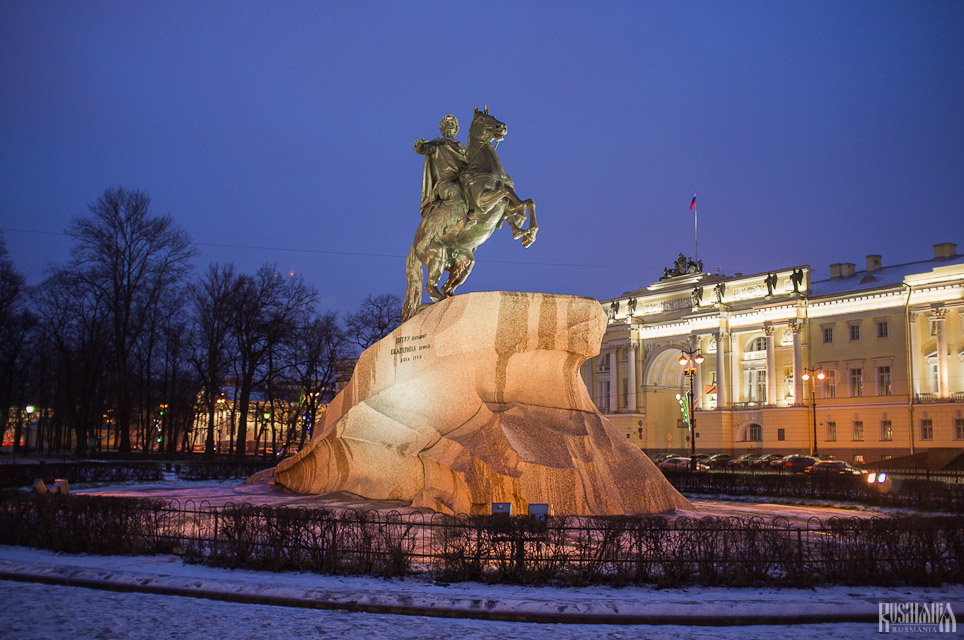
The most famous monument in St Petersburg and one of its most recognisable symbols is the equestrian statue of Peter the Great which in English is known as the Bronze Horseman, although in Russian it is called the Copper Horseman, despite being made of bronze. The statue was immortalised in Pushkin's famous poem of the same name, from where the bronze/copper mix up started - copper had a better ring to it. The statue was unveiled in 1782 and commissioned by Catherine the Great. It bears inscriptions in Russian and Latin stating "Catherine the Second to Peter the First, 1782" which is a deliberate attempt by Catherine to connect her rather illegitimate reign with that of her predecessor. Peter stands on the massive 1250-tonne boulder known as the Thunder Stone, which was transported with difficulty to St Petersburg especially.
Russian Museum
Undoubtedly the Hermitage is the best and most famous gallery in St Petersburg, but a lot of its attraction is actually due to the lavish interiors of the palace and not just because of the artwork displayed here. However if you have a passion for Russian art then the Russian Museum is the gallery for you as it was originally established as a separate department of the Hermitage dedicated purely to Russian works. On display at the Mikhailovsky Palace - which is modest in comparison to the Winter Palace - are some of the finest and most famous examples of Russian fine art, including original paintings by Ivan Aivazovsky, Boris Kustodiev, Ilya Repin, Nicholas Roerich, Vasili Surikov, Viktor Vasnetsov and many more.
Kunstkamera
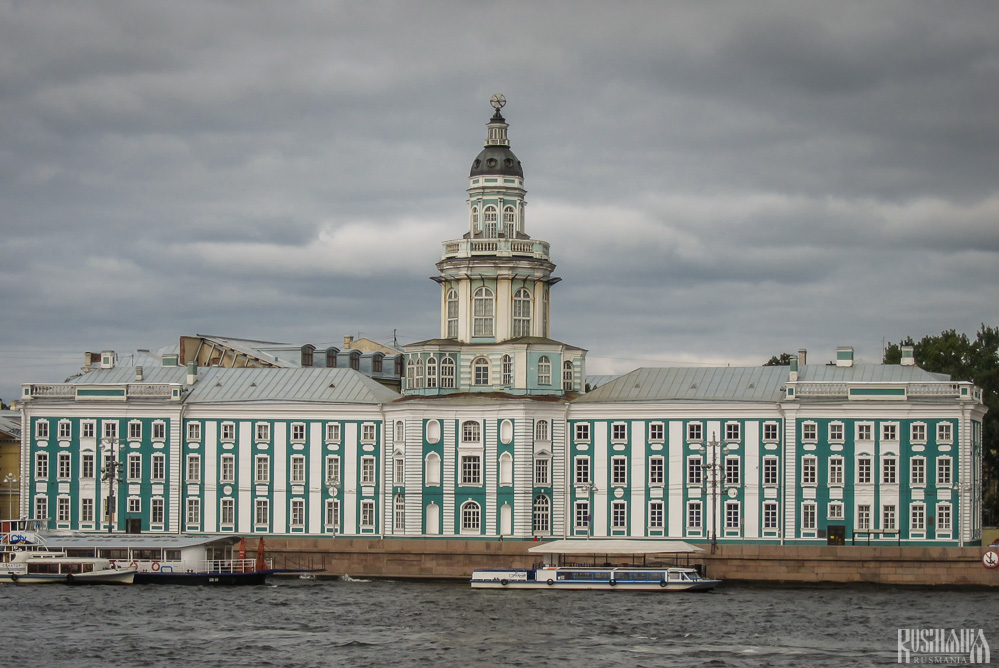
Located on Vasilievsky Island is one of the first museums to be established in St Petersburg - the Kuntskamera. It was created in 1727 as a cabinet of curiosities including a collection of deformed human and animal foetuses which was purchased by Peter the Great from the Netherlands and later added to with examples collected from across the whole Russian Empire. The reason behind this was not just a macabre interest but in order to enlighten people about deformity at a time when any birth defect was taken as a bad omen and as a punishment from God. The museum today is run as the Peter the Great Museum of Anthropology and Ethnography of the Russian Academy of Science, but although the museum has many interesting displays of native dress and traditions of various tribes from around the world undoubtedly the main attraction is still Peter the Great's collection of deformed babies and animals in formaldehyde.
Peter and Paul Fortress and Ss Peter and Paul's Cathedral

The Peter and Paul Fortress which occupies the whole of Zaichy Island, represents the very core of St Petersburg where the first fortress was founded when Peter the Great was building his new northern capital in 1703. The fortress gained the nickname of the Russian Bastille as many high-ranking dissidents were imprisoned here during the tsarist regime. It was liberated during the February Revolution and then fell into the hands of the Bolsheviks during the October Revolution.
Today it is run as a museum and its most interesting sight is the classical-style Ss Peter and Paul's Cathedral where practically all the Russian emperors and empresses are interred. Peter the Great and Catherine the Great are buried here and the remains of the last emperor Nicholas II and his family have also been re-interred here. In fact the only Russian emperors not found here are Ivan VI (whose remains are somewhere around Schlisselburg) and Peter II (who is buried inside the Moscow Kremlin).
Smolny Convent
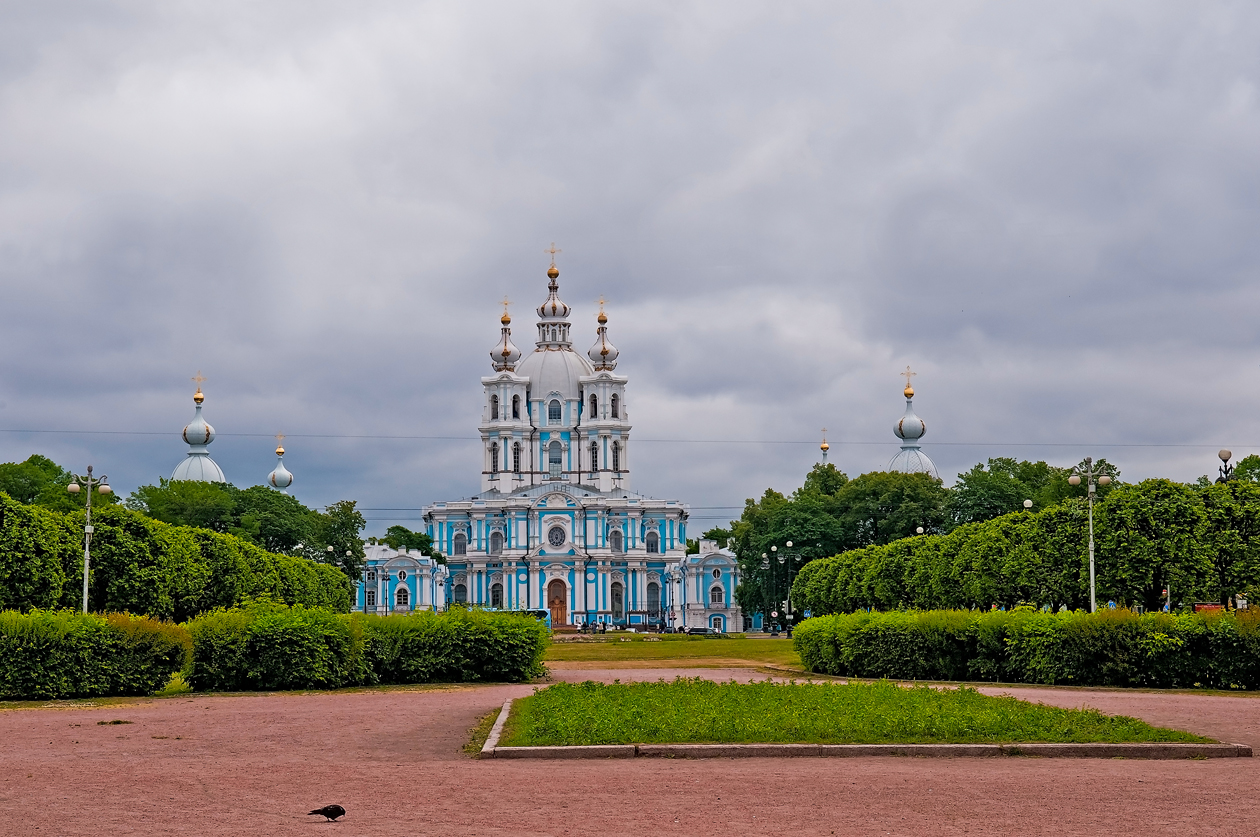
St Petersburg has several monasteries and convents but the most famous is probably the majestic Smolny Convent, although it actually no longer functions as a convent. The convent was founded in 1744 on the orders of Empress Elizabeth and like many buildings associated with Elizabeth it was designed by Bartolomeo Rastrelli in the style which has become known as Elizabethan baroque. The main cathedral here is the Resurrection of Christ Cathedral, but it is more commonly known as the Smolny Cathedral. Surrounding this are several churches and other buildings, all built at the same style. Today it is used as a concert hall and you are able to walk up its towers to get great views of St Petersburg.
Grand Maket Russia
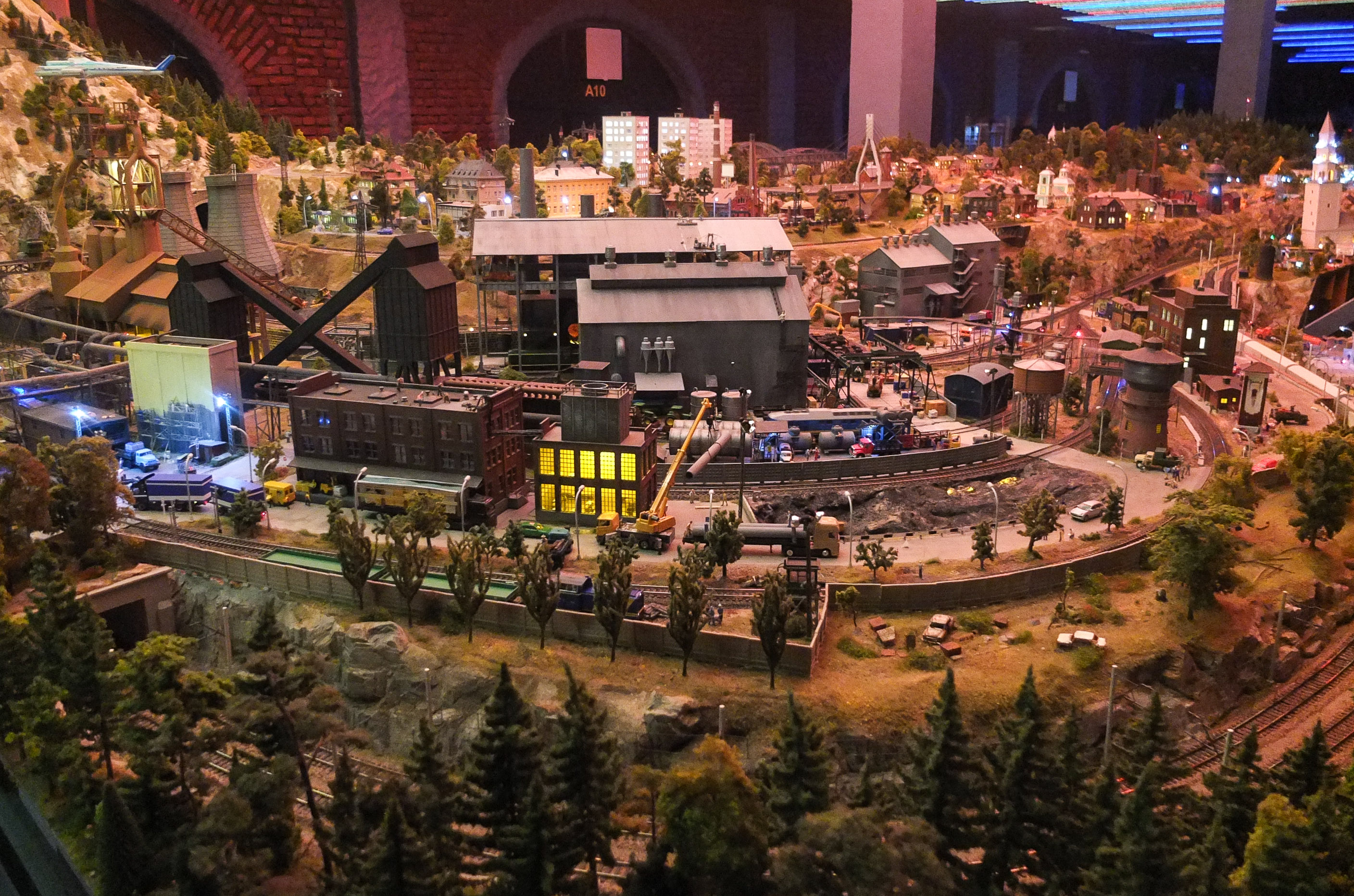
A new interesting sight in St Petersburg is the Grand Maket Russia which is a 800 square metre toy railway set representing the enormous territory of Russia and its various regions. Here in just one room you can see what Russia has to offer from Moscow, St Petersburg, Sochi, the Urals, the Far North and the Far East, which would take a whole lifetime to see in real life! The moving trains are just one of the features of the set, you can spend hours looking at the models of monuments and houses, complete with everyday scenes depicted by tiny figures of people. There is also a night simulator where the main lights go off and the tiny lights in the miniature world come on. Although it is away from the centre and not too easy to find, it certainly is a fun way of spending a couple of hours, especially if you are travelling with children or if you have just reached your limit of museums and palaces!
Piskaryovskoe Military Cemetery
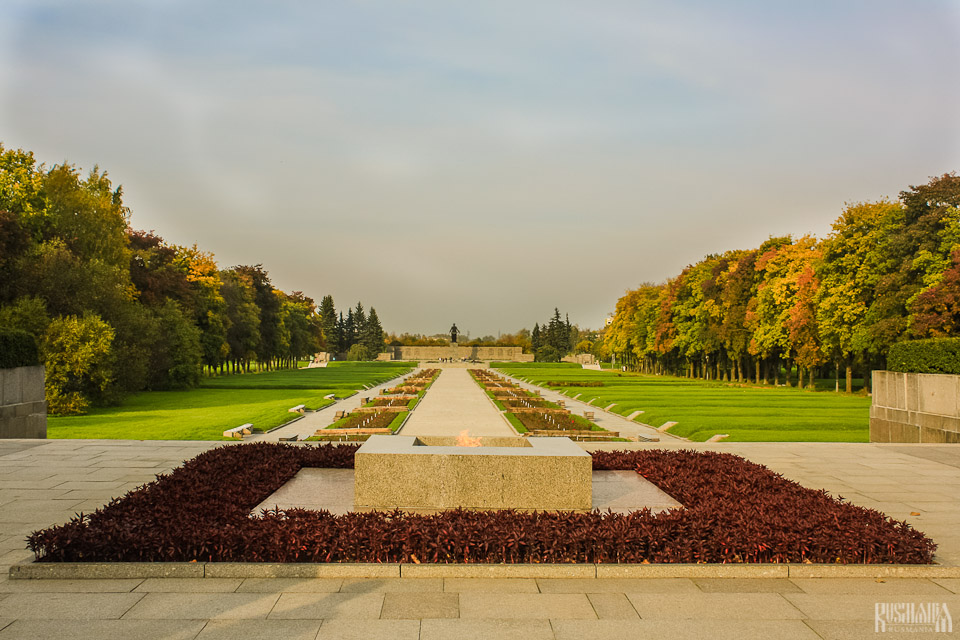
One of the most sombre places in St Petersburg is the Piskaryovskoe Military Cemetery where around half a million people are buried, either soldiers who died on the Leningrad Front or citizens who perished during the Siege of Leningrad. The centrepiece is a bronze monument of Mother Russia holding a wreath. The cemetery is a fitting tribute to this tragic period of suffering in Russian history and a must for all those interested in Russian military history.
St Petersburg's Suburbs
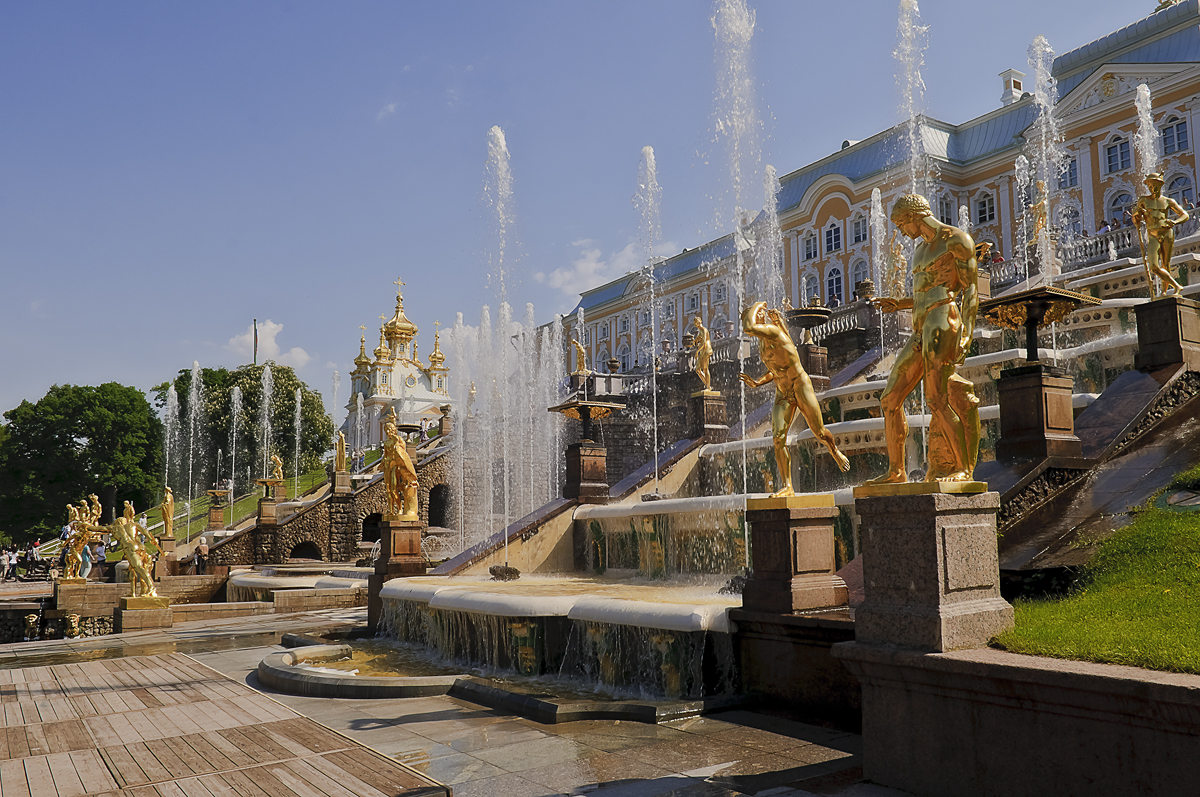
St Petersburg has several suburbs which are also popular tourist destinations and easy to visit as part of a day trip. The four most famous of them boast lavish palaces which were once the summer residences of the imperial family. Peterhof has the Grand Peterhof Palace which was built on the orders of Peter the Great and features dozens of fountains, both grand and fun. Pushkin (formerly Tsarkoe Selo) has the Catherine Palace which was originally built for Empress Catherine I but extended for Empress Elizabeth. It is famous for its Amber Rooms, which have been fully restored after vanishing without trace during the Nazi occupation. Near to Pushkin is Pavlovsk and the Pavlovsk Palace which is closely associated with Emperor Paul. Lomonosov has the Oranienbaum Palace Complex which was the only of the palaces to survive the Nazi invasion intact. Another suburb is Kronstadt which is closely linked with the Russian Navy.
ALSO HAVE A LOOK
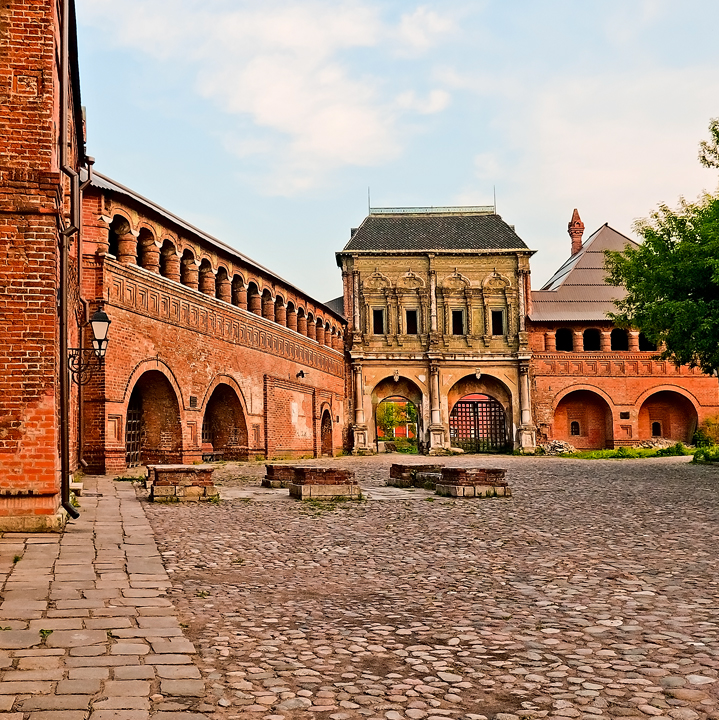 Moscow has an enormous amount of sights which are worth visiting including museums, galleries, monasteries, churches, monuments, parks and historical sites. There are so many sights that you cannot possibly see everything Moscow has to offer if you are just on a short visit to the capital. Therefore below you will find a list of what in our opinion are Moscow's essential sights. Read more...
Moscow has an enormous amount of sights which are worth visiting including museums, galleries, monasteries, churches, monuments, parks and historical sites. There are so many sights that you cannot possibly see everything Moscow has to offer if you are just on a short visit to the capital. Therefore below you will find a list of what in our opinion are Moscow's essential sights. Read more...